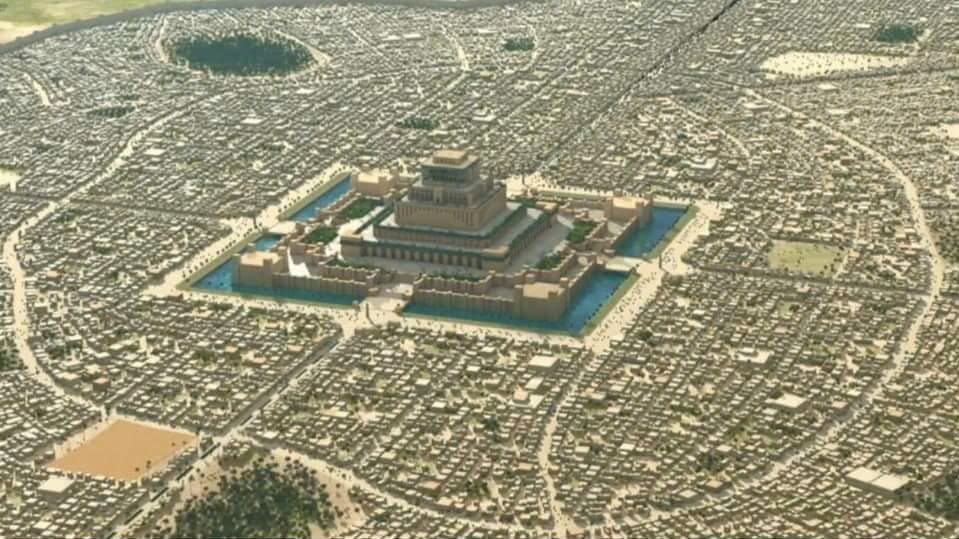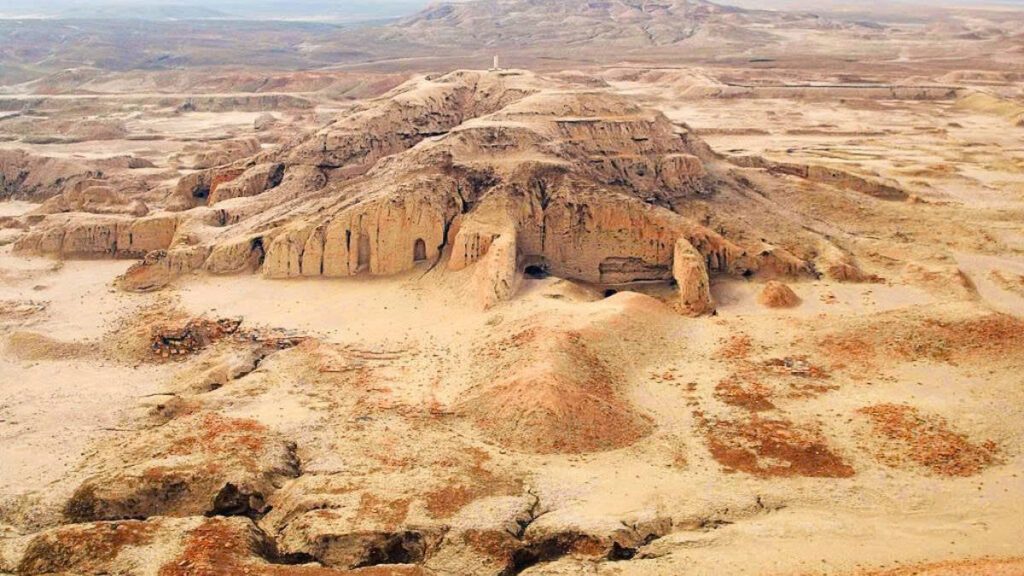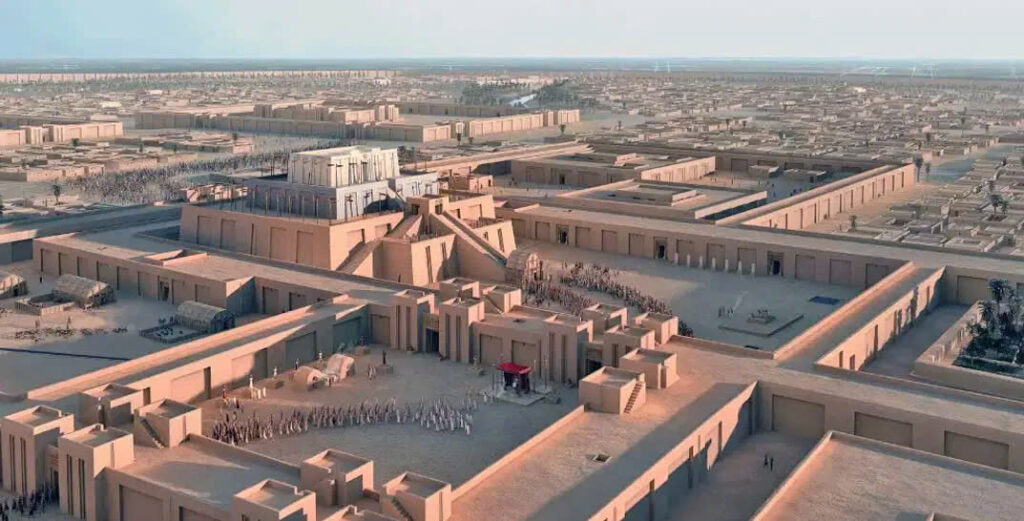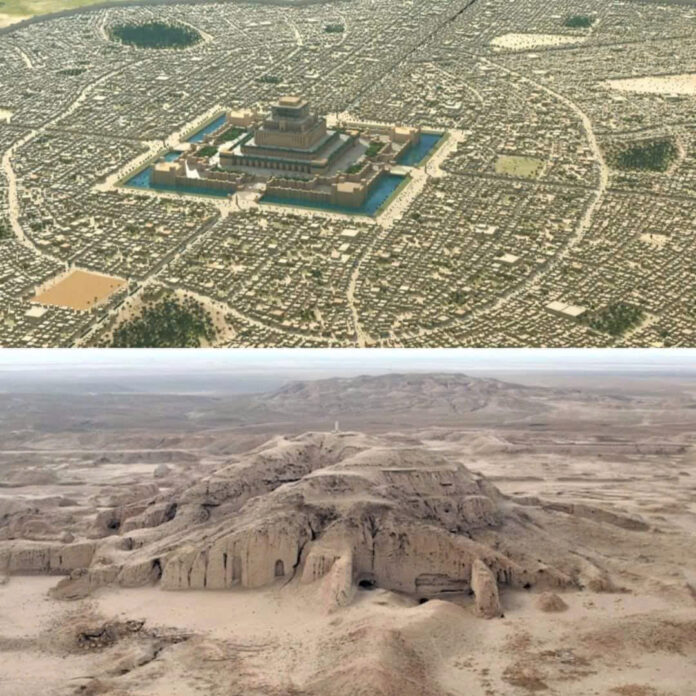The Birthplace of Urban Civilization

Uruk, a jewel of the ancient world, exemplifies the brilliance and culture of the Sumerian civilization. Nestled in what is now southern Iraq, this city flourished around 4500 BC, establishing itself as a pivotal urban center that profoundly influenced history through its innovations in writing, architecture, and governance.
Architectural and Engineering Marvels
The grandeur of Uruk is best illustrated by its monumental ziggurats, particularly the Anu Ziggurat, dedicated to the sky god Anu. This remarkable structure, constructed over centuries, showcases the city’s architectural evolution and religious devotion. Equally impressive is the Eanna precinct, a vast complex honoring Inanna, the goddess of love and war, featuring stunning facades and advanced drainage systems that highlight Sumerian engineering expertise.

The Cradle of Writing
Uruk holds a crucial place in human history as the birthplace of writing. The cuneiform script, developed around 3200 BC, began as a tool for record-keeping and evolved into a sophisticated system for various literary, legal, and scientific texts. This innovation was vital for the administration of the burgeoning city-state and laid the foundation for the preservation of knowledge through the ages.
Social and Political Organization
Governed by a blend of theocratic and monarchic systems, Uruk’s rulers were often viewed as divine figures, wielding significant authority in managing the city’s complex social structure. Distinct districts within the city had specific administrative and religious roles, with temple complexes serving as economic and spiritual hubs, illustrating the deep intertwining of religion and governance in Sumerian society.
Cultural and Artistic Achievements
Uruk’s cultural legacy is rich, marked by a wealth of artistic artifacts, including beautifully carved cylinder seals and pottery. These pieces often reflect religious and mythological themes, providing a glimpse into the spiritual life of its inhabitants. Among Uruk’s literary contributions is the “Epic of Gilgamesh,” an ancient masterpiece that explores themes of heroism and the quest for immortality, showcasing the Sumerians’ literary sophistication.
Legacy and Influence

The legacy of Uruk is profound, setting the stage for the rise of subsequent civilizations in Mesopotamia and beyond. Its innovations in writing, architecture, and governance have left an enduring mark on human history. Today, the ruins of Uruk remain a focal point for archaeological study, offering invaluable insights into the dawn of urban civilization and the Sumerians’ significant contributions to human progress.
The Sumerian city of Uruk stands as a monumental testament to ancient ingenuity. Its architectural marvels, pioneering writing system, complex social organization, and rich cultural heritage underscore the city’s pivotal role in the development of civilization. As we continue to explore Uruk’s history, we honor the achievements of the Sumerians and gain a deeper appreciation for the origins of urban life.

